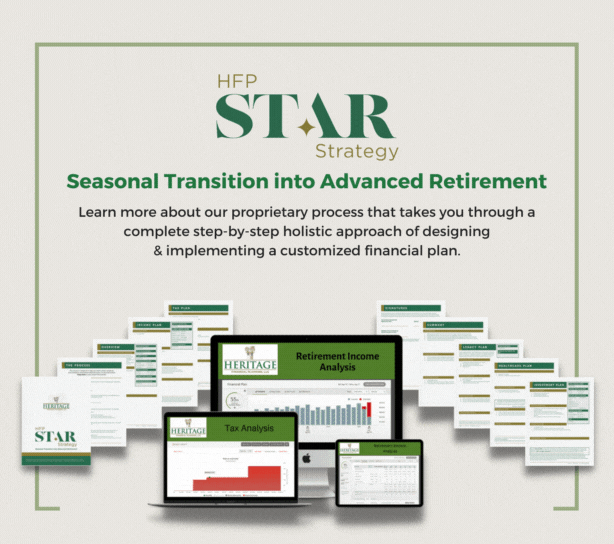Why Your Retirement Income Could Trigger a Tax Nightmare
You’ve spent decades building your nest egg—but what happens when it’s time to start using it? Many retirees are shocked to learn that drawing income from retirement accounts can come with complex—and costly—tax consequences.
Required Minimum Distributions (RMDs), Social Security benefits, and IRA withdrawals all have unique tax rules. And when combined, they can create a domino effect that pushes you into higher tax brackets, increases your Medicare premiums, or reduces your tax efficiency.
What Are RMDs—and Why Do They Matter?
Starting at age 73 (for most people), the IRS requires you to begin taking RMDs from traditional IRAs and 401(k)s. The amount is based on your account balance and life expectancy—and the penalty for missing a withdrawal is steep (25% of the amount not taken).
While RMDs seem simple on the surface, they often create hidden tax problems. That’s because they:
- Add to your taxable income, which may push you into a higher bracket.
- Trigger taxation on your Social Security benefits if your total income exceeds IRS thresholds.
- Increase your Medicare premiums through IRMAA (Income-Related Monthly Adjustment Amounts).
What starts as a routine withdrawal can ripple through the rest of your retirement income plan in ways that reduce your financial efficiency.
Social Security: Taxed More Than You Think
Many retirees assume Social Security is tax-free—but that’s rarely the case. Depending on your provisional income (which includes half your Social Security benefit plus all other income), up to 85% of your Social Security payments may be taxable.
This taxation is directly influenced by RMDs and IRA withdrawals—meaning even if you don’t need the money, the IRS will count it and tax your benefits accordingly.
How to Avoid the Retirement Tax Trap
Fortunately, with proactive planning, you can soften or even avoid the sting of these compounding tax consequences. Strategies may include:
- Roth conversions before RMDs begin, to reduce the size of taxable accounts.
- Delaying Social Security while drawing from IRAs early in retirement (when you’re in a lower bracket).
- Utilizing Qualified Charitable Distributions (QCDs) after age 70½ to satisfy RMDs while avoiding taxable income.
- Coordinating withdrawals across multiple accounts to keep your taxable income below key thresholds.
The key is integration—not just managing each income stream separately, but understanding how they all interact.
Take Control of Your Income With an Integrated Tax Plan
At Heritage Financial Planning, we specialize in building tax-efficient retirement income plans through our HFP S.T.A.R. Strategy (Seasonal Transition into Advanced Retirement). We help you navigate the complex interplay between IRAs, RMDs, and Social Security so you don’t fall into a retirement tax trap you didn’t see coming.
If you’re approaching RMD age or already taking withdrawals, now is the time to get ahead of the tax curve. Schedule your custom retirement tax review and start minimizing taxes—while maximizing peace of mind.

Click here to learn more about our HFP STAR Strategy process.
Sources:
• IRS: Required Minimum Distributions – https://www.irs.gov
• Social Security Administration: Taxation Rules – https://www.ssa.gov
• Medicare.gov: IRMAA Premiums – https://www.medicare.gov
• Fidelity: Tax Planning in Retirement – https://www.fidelity.com
• Heritage Financial Planning: https://heritagefinancialplanning.net/about/heritage-financial-star-strategy/












